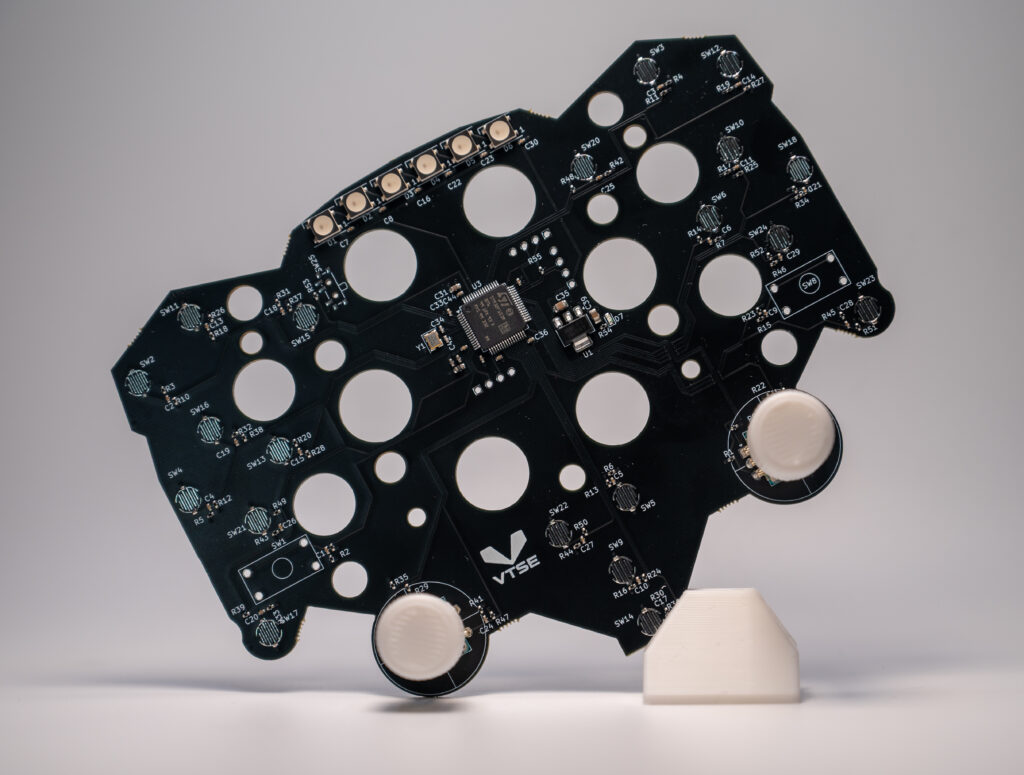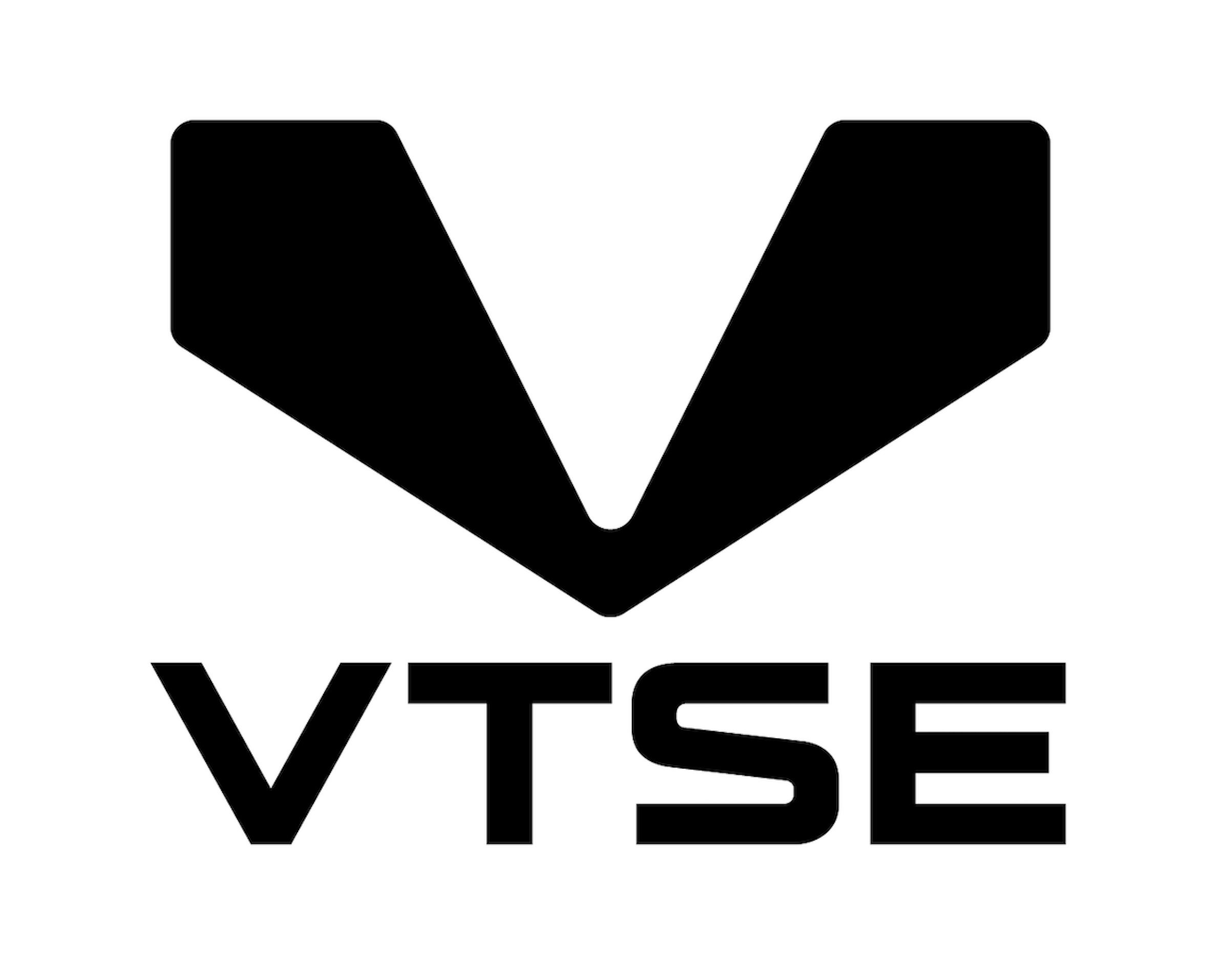Your cart is currently empty!

Have you ever dreamt of tearing up the track in a high-performance race car, but without the colossal budget? Sim racing might just be your new obsession! What started as a niche hobby has exploded into a global phenomenon, offering an incredibly immersive and realistic racing experience from the comfort of your own home.
But if you’re a complete newcomer, the world of sim racing can seem a little daunting. Fear not, aspiring virtual racer! This beginner’s guide is your fast track to understanding the essentials and getting started on your sim racing journey.
Why Sim Racing? More Than Just a Game #
Sim racing goes far beyond typical video games. It’s a sophisticated simulation that demands skill, precision, and strategic thinking. Here’s why it’s captivating so many:
- Unparalleled Realism: Modern sim titles meticulously recreate real-world tracks, physics, and car characteristics, offering an incredibly accurate driving experience.
- Skill Development: You’ll learn real racing lines, braking points, throttle control, and race craft – skills that even translate to real-world driving.
- Cost-Effective Thrills: Experience the excitement of motorsport without the astronomical costs of track days, car maintenance, or expensive repairs.
- Community and Competition: Join thriving online communities, compete in organized leagues, and test your skills against racers from around the globe.
- Accessibility: With a wide range of hardware and software options, there’s an entry point for almost any budget.
What You Need to Get Started with Sim Racing: The Essential Gear #
You don’t need a professional setup to begin, but a few key pieces of equipment will significantly enhance your experience.
Your Sim Racing Rig: PC or Console? #
- A Capable PC or Console:
- PC: Generally offers the most flexibility, graphics fidelity, and access to a wider range of simulation titles and mods. Due to the size and realistic graphics of racing simulation games, you’ll want a decent CPU, GPU, and at least 16GB of RAM.
- Consoles (PlayStation, Xbox): A great entry point for those who already own one. Titles like Gran Turismo 7, Forza Motorsport, and Assetto Corsa Competizione offer excellent experiences, though simulation titles are generally more limited.
The Heart of Your Sim Racing Setup: Wheel and Pedals #
- Wheel and Pedal Set: This is arguably the most crucial investment.
- Force Feedback (FFB): This technology is key. FFB wheels provide resistance, vibrations, and movements through the wheel, letting you feel curbs, tire grip, bumps, and even understeer/oversteer. This immersion is vital for understanding how the car is behaving and improving your driving.
- Wheels: Look for wheels with FFB, sturdy construction, a robust and easy-to-use clamp system, and compatibility with your desired platform setup. VTSE Racing’s simulation wheel is a great entry level option for those on a budget yet committed to simulation racing, providing FFB and a universal fit for any chosen platform and any other chosen brand.
- Pedals: Look for sets with separate brake and accelerator pedals, ideally mounted on a stable base. A slightly stiffer or non-linear brake pedal (which increases resistance as you press harder) helps with muscle memory and precise braking, which is crucial for lap times. A clutch pedal is a great optional feature if you plan to drive manual cars or explore different racing disciplines.
Setting Up Your Station: Desk, Stand, and Display #
- A Stable Desk or Wheel Stand: You’ll need something sturdy to mount your wheel and pedals to prevent them from moving during intense racing. Wheel stands are a popular and affordable option for a more dedicated setup.
- Monitor or TV: A good display is essential. While a standard monitor or TV will work in the beginning, consider saving for a larger monitor or even a triple-monitor setup for enhanced peripheral vision and immersion as you progress.
Choosing Your First Sim Racing Game #
The sim racing world boasts a diverse range of titles, each with its own strengths. Here are some excellent starting points:
- Assetto Corsa Competizione (ACC): Highly realistic GT3 and GT4 racing. Known for its challenging physics and excellent force feedback. A fantastic option if you want to dive straight into serious competition.
- Available on PC, PlayStation, and Xbox.
- Price: $40 for standard edition, no premium edition.
- iRacing: Renowned for its hyperrealistic physics, laser-scanned tracks, and highly competitive online multiplayer. While an investment, it’s considered the pinnacle of competitive sim racing for many.
- Available on PC only.
- Price: Membership options of $13 a month, $33 for three months, $110 for one year, and $199 for two years.
- Dirt Rally 2.0: If off-road racing is more your style, this title offers an incredibly challenging and rewarding rally simulation experience.
- Available on PC, PlayStation, and Xbox.
- Price: $30 for standard edition, $50 for Game of the Year edition.
Tips for Your First Laps: Getting Up to Speed #
Once you’ve got your gear and chosen your game, it’s time to hit the track!
- Start Slow: Don’t try to be Lewis Hamilton on your first lap. Begin with slower cars and simpler tracks to get a feel for the controls and physics. A less powerful car will be more forgiving and allow you to learn the track layout and racing line without fighting extreme power. Simpler track layouts with good run-off areas, varied corners, and clear braking markers are good tracks for beginners to master.
- Beginner Cars: MX-5 Cup, GT4, or in some games, a basic road car.
- Beginner Tracks: Monza or Red Bull Ring.
- Pick one track and stick with it: Don’t jump between too many tracks initially. Master one or two beginner tracks before moving on.
- Practice, Practice, Practice: Consistency is key. Spend time in practice mode learning the track layout, braking points, and acceleration zones. Continue practicing for faster lap times, ideally developing your skills. Ideally, aim for a 30-minute to an hour-long practice session every day or every other day for steady improvement.
- Focus on Smoothness: Smooth inputs on the wheel and pedals are crucial for maintaining control and speed. Avoid sudden, jerky movements.
- Learn the Racing Line: The optimal, generally the fastest path around a track is called the racing line. Watch track guides, learn your braking points and please for the love of god, turn off that racing line!
- Understand Force Feedback: Pay attention to your Wheel. It’s telling you what the car is doing – when you’re losing grip, hitting curbs, or feeling the suspension work. Learn to work with the car don’t never fight it!
- Watch hot laps: As mentioned above look up YouTube videos of experienced sim racers driving the track you’re learning. Pay attention to their braking points, turn-in points, and throttle application.
- Don’t Be Afraid to Adjust Default Settings: Experiment with your wheel’s force feedback settings and the in-game car setups to find what feels best for you.
Join the Community! #
One of the best aspects of sim racing is its vibrant community.
- Online Forums and Discords: Join discussions, ask questions, and get advice from experienced racers.
- A great community to check out is the VTSE Discord:
- Leagues and Events: Once you’re comfortable, consider joining an online league. It’s a fantastic way to experience structured racing and improve your skills.
- Twitch and YouTube: Watch professional sim racers and streamers to learn advanced techniques and car control.
Your Journey Begins Now! #
Sim racing offers an incredibly rewarding and engaging hobby. While there’s a learning curve, the satisfaction of mastering a track, shaving seconds off your lap time, and battling it out wheel-to-wheel with other racers is truly unparalleled.
So, what are you waiting for? Get your gear, pick your sim, and prepare to embark on your fast track to sim racing glory! The virtual checkered flag awaits!
References #
For more guides, tips, and expert knowledge, visit our Sim Racing Knowledge Base.
This blog was created with the assistance of LLMs. If you notice any inaccuracies or have suggestions for improvement, please let us know.
Want to join a thriving community of Sim Racers? Join us on Discord!




